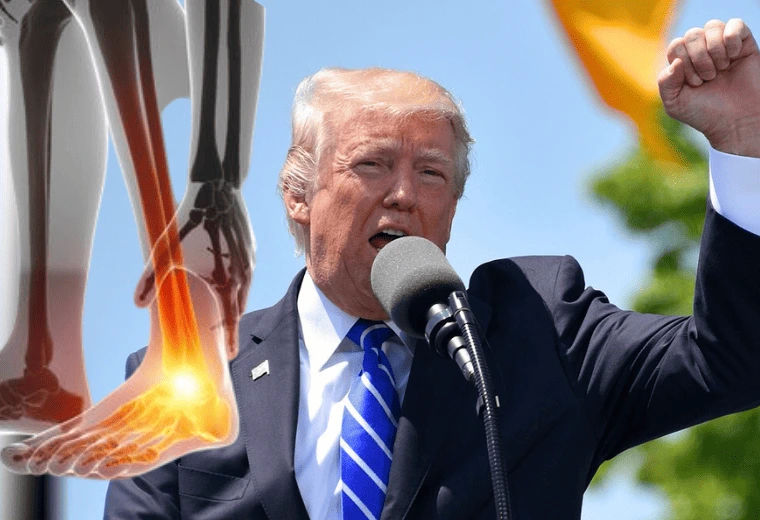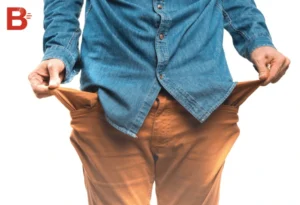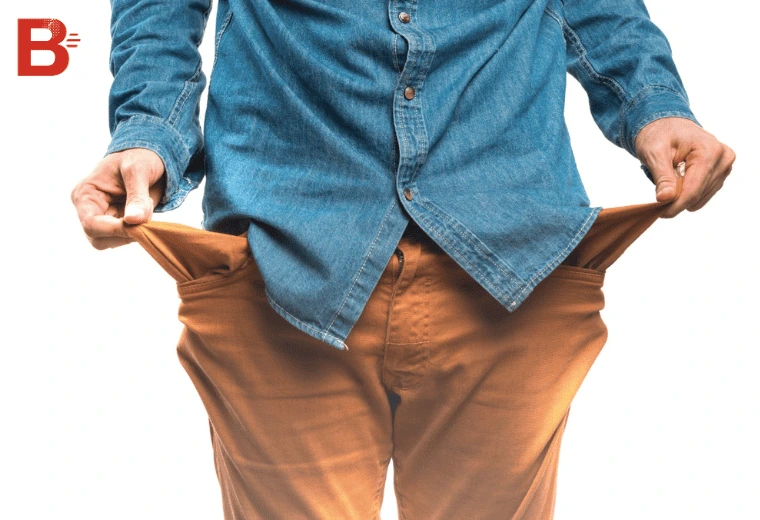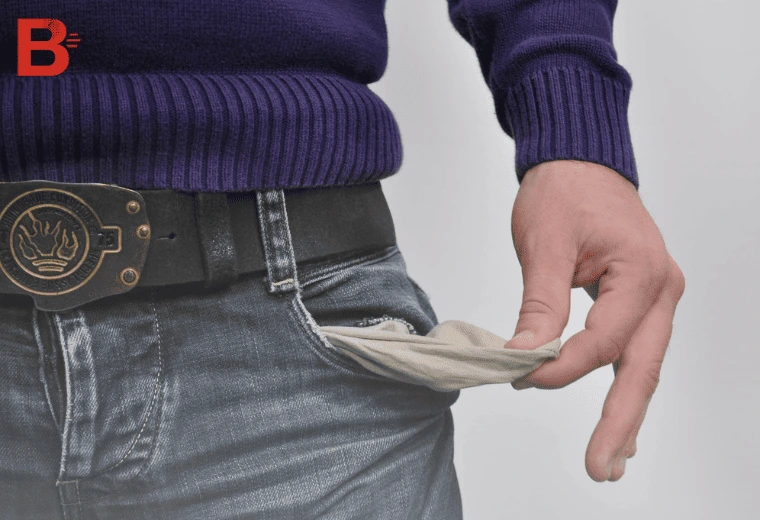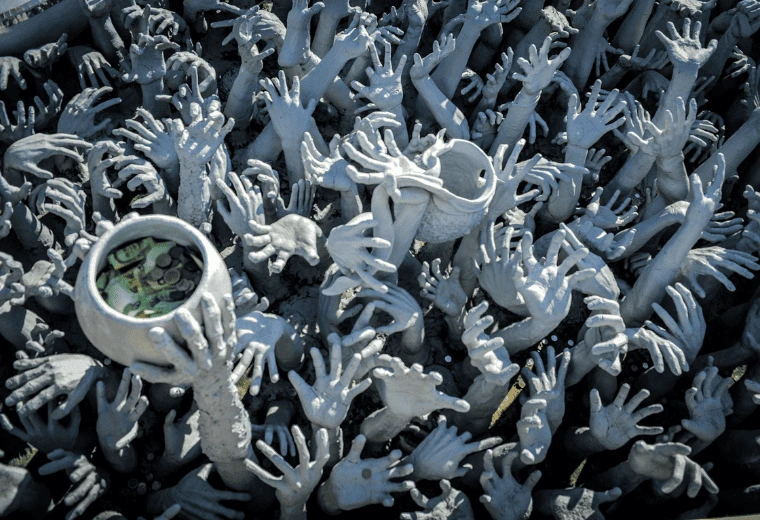Trump Leg Swelling: He’s fine. But let’s break down what this “chronic venous insufficiency” diagnosis actually means — and why it matters.
Trump and a Doctor Visit? Don’t Panic!
Trump Leg Swelling This week, headlines started flying around the internet: Donald Trump was diagnosed with chronic venous insufficiency after reporting some swelling in his legs.
The news dropped like a rock in the media pool — after all, Trump isn’t just a former president, he’s also running to become the oldest president in U.S. history during a potential second term. So yeah, people pay attention when his health comes up.
But let’s not get ahead of ourselves. The guy’s not on life support. In fact, his doctors say he’s in “excellent health.” Still, let’s unpack what’s really going on — with facts, a dash of sarcasm, and a healthy dose of clarity.
What Is Chronic Venous Insufficiency (CVI)?
First things first — what the heck is chronic venous insufficiency?
In plain English: it’s when the veins in your legs don’t pump blood back to your heart properly. Your veins have tiny one-way valves that keep blood moving in the right direction. When those valves stop working right, blood can pool in your legs, causing swelling, pain, heaviness, and even varicose veins.
Think of it like this: if your veins are highways and blood is traffic, CVI is a massive rush-hour jam where nobody’s moving.
Is It Just an Old People Thing?
Not just old people, but age is definitely a major factor. In Trump’s case, he’s 79 years old, has a history of being overweight, and likely isn’t hitting the treadmill every morning. So yeah — this diagnosis is totally expected.
What Did Trump’s Medical Exam Show?
Trump Leg Swelling
Let’s get into the details, straight from the White House press room.
According to White House Press Secretary Karoline Leavitt, Trump recently underwent a comprehensive vascular exam after he noticed mild swelling in his lower legs over the past few weeks.
Here’s what the doctors did:
- Bilateral venous Doppler ultrasounds on his legs;
- A full cardiovascular checkup, including an echocardiogram;
- Routine lab tests to rule out deeper issues.
The Diagnosis:
- Chronic venous insufficiency confirmed (common in older adults);
- No signs of deep vein thrombosis (DVT);
- No heart failure, kidney problems, or systemic disease;
- Trump is not in pain or discomfort;
- His lab results are all within normal limits.
So… Should We Be Worried?
Trump Leg Swelling
Not really. According to Dr. Jeremy Faust, emergency medicine expert at Harvard Medical School:
“This is pretty normal for someone his age, especially with a history of being overweight.”
In other words: CVI isn’t some shocking, dire condition. It’s like gray hair for your veins.
But — and there’s always a but — it can signal other underlying issues, like:
- Increased pressure in the heart;
- Sleep apnea;
- Pulmonary hypertension.
That’s why Trump’s doctors didn’t just stop at leg scans. They ran the full battery of tests, just to be sure. No red flags so far.
What Are the Symptoms of Chronic Venous Insufficiency?
For those of you self-diagnosing at home (we see you), here are the most common signs of CVI:
- Swelling in the lower legs or ankles (especially by the end of the day);
- A feeling of heaviness or tightness in the calves;
- Throbbing, aching, or cramping legs;
- Varicose veins that look like mini rollercoasters under the skin;
- Skin discoloration or dryness;
- Slow-healing wounds or ulcers in severe cases.
Who’s at Risk?
Trump Leg Swelling
CVI doesn’t discriminate, but certain groups are more likely to get hit:
- People over 60;
- Overweight or obese individuals;
- Those with a family history of vein issues;
- People who sit or stand for long hours (yes, remote workers — we’re looking at you);
- Folks who’ve had blood clots or DVTs in the past;
- Pregnant women.
Basically, if you’re not moving much and gravity’s working against you, CVI might show up at your doorstep.
Is There a Cure? How Do You Treat It?
Unfortunately, there’s no cure for CVI — but it’s very manageable, especially when caught early.
Common treatments include:
- Wearing compression stockings (not sexy, but super helpful);
- Raising your legs at the end of the day;
- Staying active — walking is your best friend;
- Taking medications that improve vein tone and circulation;
- In advanced cases, undergoing minimally invasive procedures like laser therapy or vein ablation.
Trump’s doctors haven’t disclosed a treatment plan, but given his mild symptoms, it’s likely he’ll be monitoring and managing rather than taking aggressive steps.
What’s Up With the Bruises on Trump’s Hands?
Great question — and yes, that made headlines too.
Reporters noticed some bruises on the back of Trump’s hand, and the internet went wild. The explanation? According to the White House:
“Consistent with soft tissue irritation caused by frequent handshakes and the routine use of aspirin.”
In short: he’s shaking a lot of hands, and he’s on a low-dose aspirin regimen (which can make you bruise easily). Nothing shady going on here.
Why Is This Even News?
It’s simple: Trump is a presidential candidate, and at 79 years old, he would be the oldest president ever elected if he wins in 2024. That makes his health a major topic of interest — for voters, opponents, and the media.
In politics, every ache, bump, or lab test gets magnified. And this is especially true for Trump, whose fitness for office has been hotly debated for years — along with, let’s be honest, Biden’s too.
Expert Opinions: What the Doctors Are Saying
Dr. Bernard Ashby, cardiologist:
“Even if the condition itself is benign, the question is: what’s causing it? That’s where the real concern lies.”
Dr. Chris Pernell:
“It’s not life-threatening, but it can be debilitating over time.”
So while Trump’s diagnosis isn’t alarming, it does raise questions about his overall cardiovascular health, especially under the stress of a high-stakes campaign trail.
Fast Facts About Chronic Venous Insufficiency
Here’s a quick snapshot of CVI in the U.S.:
- Affects up to 40% of women and 20% of men;
- Roughly 150,000 new cases are diagnosed annually;
- Risk skyrockets after age 60;
- Often underdiagnosed or mistaken for “just aging.”
Prevention Tips: Don’t Wait for Symptoms
You don’t have to be a politician to take care of your veins. Whether you’re young or old, here are some ways to prevent or slow down CVI:
Move your body — walk, bike, stretch;
Avoid sitting or standing for hours without breaks;
Maintain a healthy weight;
Elevate your legs when resting;
Drink water and reduce salt intake;
Wear compression socks if your doctor suggests it.
What’s Next for Trump?
For now, it looks like Trump’s health is stable, and his campaign is moving full speed ahead.
His doctors have cleared him, no serious red flags popped up, and the CVI diagnosis appears to be a routine age-related finding. Still, the spotlight will stay on him — and every little health detail will be scrutinized.
Whether you love him, hate him, or just enjoy watching the chaos unfold, one thing’s for sure: this won’t be the last health update we hear before the 2024 election.
Final Thoughts
Trump’s recent check-up may have sparked a lot of speculation, but chronic venous insufficiency is far from a political game-changer. It’s common, manageable, and — in Trump’s case — being monitored by a full team of professionals.
Still, the takeaway here isn’t just about Trump. It’s a good reminder that our veins age too, and they deserve some TLC.
So kick your legs up (literally), maybe grab a pair of compression socks, and remember — even former presidents aren’t immune to the effects of time and gravity.
- Donald Trump health 2024
- Trump leg swelling
- chronic venous insufficiency explained
- symptoms of CVI
- Trump medical report
- leg circulation problems in elderly
- varicose veins causes and treatment
- aging and circulation
- is chronic venous insufficiency serious
- how to improve leg vein health

